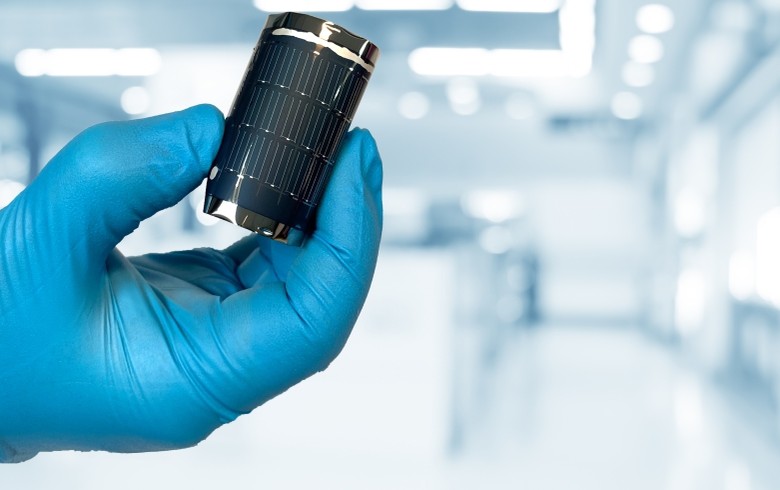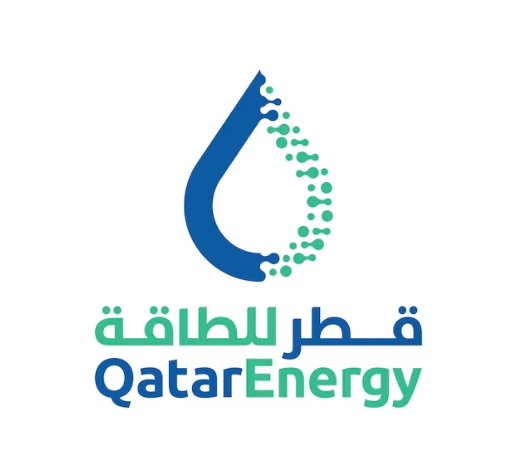
Romain Carron, head of CIGS research, explains what the laboratory did to achieve the new result -- it adjusted the chemical composition of the absorber layer to enhance its electronic and optical properties, developed new methods for alkali metal doping, and adapted the properties of the absorber-buffer interface to improve cell performance.
“Future developments will be aimed in particular at transferring our new process from laboratory to industrial scale in order to increase the power generation and profitability of photovoltaic systems,” said Ayodhya Tiwari, who is heading the solar lab.
Flisom AG, a spin-off of the Swiss Federal Laboratories for Materials Science and Technology (Empa), is already selling flexible CIGS solar modules.







